Home>Ideas and Tips>How To Create A Water-Efficient Garden In California
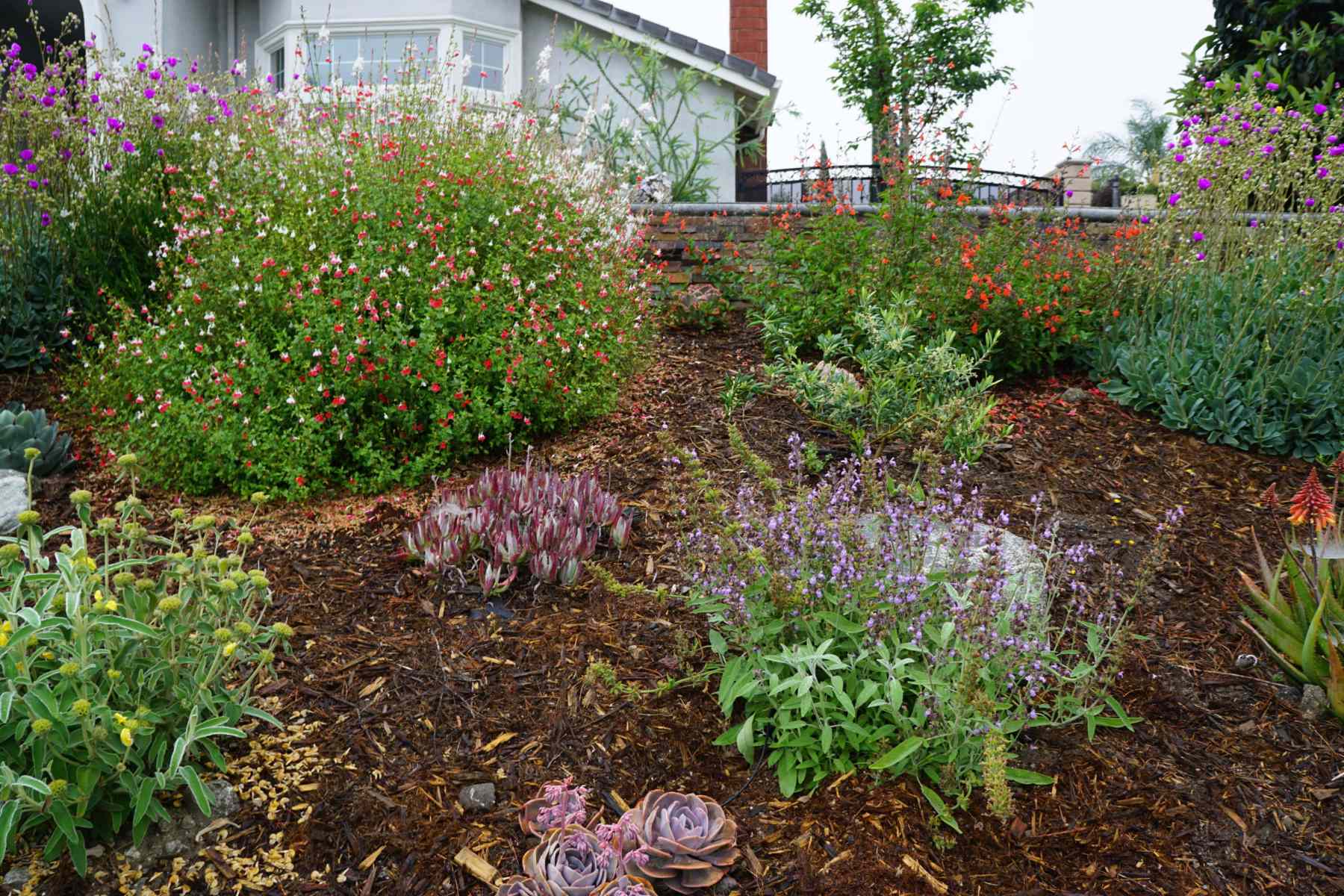

Ideas and Tips
How To Create A Water-Efficient Garden In California
Published: September 26, 2024
Learn how to create a water-efficient garden in California with tips on plant selection, irrigation, and sustainable practices to save water and thrive.
(Many of the links in this article redirect to a specific reviewed product. Your purchase of these products through affiliate links helps to generate commission for Storables.com, at no extra cost. Learn more)
Creating a water-efficient garden in California is not only environmentally friendly but also cost-effective. With the state's stringent water conservation regulations and the ongoing drought, it's essential to adopt sustainable gardening practices. In this article, we will guide you through the steps to transform your outdoor space into a beautiful, water-efficient garden that thrives in California's climate.
Understanding Water Efficiency
Water efficiency in gardening means using minimal amounts of water while still keeping your garden beautiful and healthy. This can be achieved through careful plant selection, efficient irrigation systems, and smart gardening practices. It's all about making the most out of every drop.
The Importance of Water Conservation
California is known for its arid climate, and water conservation is a top priority. The state's water resources are limited, and the majority of residential water use goes towards landscape irrigation. By adopting water-efficient gardening practices, you can significantly reduce your water consumption and contribute to the state's water conservation efforts.
Step 1: Choose Water-Wise Plants
The first step in creating a water-efficient garden is to choose plants that are native to California or have similar water requirements. These plants have evolved to thrive in the state's climate and require significantly less water than traditional landscaping plants.
Benefits of Native Plants
Native plants are ideal for water-efficient gardens because they:
- Require Less Water: Native plants generally need 60 to 80 percent less water than traditional landscaping plants.
- Are Drought-Tolerant: Many native plants are naturally drought-tolerant, making them perfect for California's climate.
- Need Less Maintenance: Native plants often require less maintenance and fewer fertilizers or pesticides, which is beneficial for pets and children.
Examples of Water-Wise Plants
Some examples of water-wise plants include:
- California Native Plants: These plants are specifically adapted to California's climate and include species like California poppy, purple sage, and toyon.
- Drought-Tolerant Succulents: Succulents like aloe vera, agave, and echeveria are excellent choices for water-efficient gardens.
- Low-Water Grasses: If you still want to have grass in your garden, consider low-water grasses like buffalo grass or blue grama.
Read more: How To Create A Garden
Step 2: Design Your Garden
Once you have selected your plants, it's time to design your garden. A well-designed garden will not only look beautiful but also ensure that each plant receives the right amount of water.
Zone Gardening
One effective way to design a water-efficient garden is by using zone gardening. This involves dividing your garden into different zones based on the water requirements of the plants in each zone. For example:
- High-Water Zones: These zones should include plants that require more water, such as fruit trees or vegetables.
- Low-Water Zones: These zones should include drought-tolerant plants like succulents or native grasses.
Irrigation Systems
The type of irrigation system you use can significantly impact the water efficiency of your garden. Here are some options:
- Drip Irrigation: Drip irrigation delivers water directly to the roots of the plants, reducing evaporation and runoff.
- Soaker Hoses: Soaker hoses are long hoses with small holes that release water slowly along their length, providing a gentle soaking effect.
- Smart Controllers: Smart controllers can be programmed to water your plants based on weather conditions, soil moisture levels, and other factors.
Step 3: Implement Water-Saving Techniques
In addition to choosing the right plants and designing an efficient irrigation system, there are several other techniques you can use to save water in your garden.
Read more: How Often To Water Grass In California
Mulching
Mulching is an effective way to reduce soil temperature and retain moisture in the soil. Organic mulch like wood chips or straw can be applied around plants to prevent weeds from growing and reduce the need for frequent watering.
Composting
Composting is another technique that helps in water conservation by improving soil structure. Compost adds nutrients to the soil, making it more efficient at retaining water.
Rainwater Harvesting
Rainwater harvesting involves collecting rainwater in a tank or cistern for later use in your garden. This can significantly reduce your reliance on municipal water supplies.
Water-Efficient Lawn Alternatives
If you're looking to replace your lawn with something more water-efficient, consider alternatives like:
- Gravel or Rock Gardens: These require no watering at all.
- Succulent Gardens: Succulents come in a variety of shapes and sizes and can be arranged in beautiful patterns.
- Native Plant Gardens: These gardens are not only beautiful but also require minimal maintenance and water.
Read more: How To Create A Garden Bed
Step 4: Monitor and Adjust
Creating a water-efficient garden is not a one-time task; it requires ongoing monitoring and adjustments. Here are some tips on how to monitor and adjust your garden:
Watering Calculator
Using a watering calculator can help you determine how much water your plants need based on factors like climate, time of year, and lawn size.
Soil Moisture Testing
Regularly testing the soil moisture levels can help you determine when it's time to water your plants. You can use a soil probe or a moisture meter for this purpose.
Adjusting Irrigation Schedules
Adjusting your irrigation schedules based on weather conditions is crucial. During periods of heavy rainfall or drought, you may need to adjust your watering schedule accordingly.
Additional Resources
Creating a water-efficient garden in California can be easier with the right resources at hand. Here are some additional resources you might find useful:
Inland Empire Landscape Guidebook
The Inland Empire Landscape Guidebook provides more than 100 water-wise plants, landscape design tips, nurseries, and other resources for residents of the Inland Empire.
SoCal Yard Transformation
SoCal Yard Transformation is a step-by-step guide that helps you change your existing landscape into a beautiful water-efficient landscape.
Local Gardens
California Botanic Garden in Claremont is a unique living museum dedicated to California native plants. The Water Wise Demonstration Garden at CBWCD helps further our teaching about Water Wise Landscaping.
Watering Calculator Tool
The Watering Calculator tool estimates the correct amount of water to give your landscape or garden every week during normal weather conditions. You can visit www.bewaterwise.com/calculator.html to create your customized watering schedule.
Conclusion
Creating a water-efficient garden in California is not only beneficial for the environment but also cost-effective. By choosing water-wise plants, designing an efficient irrigation system, implementing water-saving techniques like mulching and composting, and monitoring your garden regularly, you can significantly reduce your water consumption. Remember to use resources like the Inland Empire Landscape Guidebook and local demonstration gardens for inspiration and guidance. With these steps and resources in mind, you'll be well on your way to creating a beautiful and sustainable garden that thrives in California's climate.
By following these steps and tips, you can create a stunning water-efficient garden that not only saves water but also enhances the beauty of your outdoor space. Whether you're a seasoned gardener or just starting out, these practical tips will help you navigate the world of water-efficient gardening in California. So why wait? Start transforming your garden today and contribute to California's ongoing efforts in water conservation
Was this page helpful?
At Storables.com, we guarantee accurate and reliable information. Our content, validated by Expert Board Contributors, is crafted following stringent Editorial Policies. We're committed to providing you with well-researched, expert-backed insights for all your informational needs.
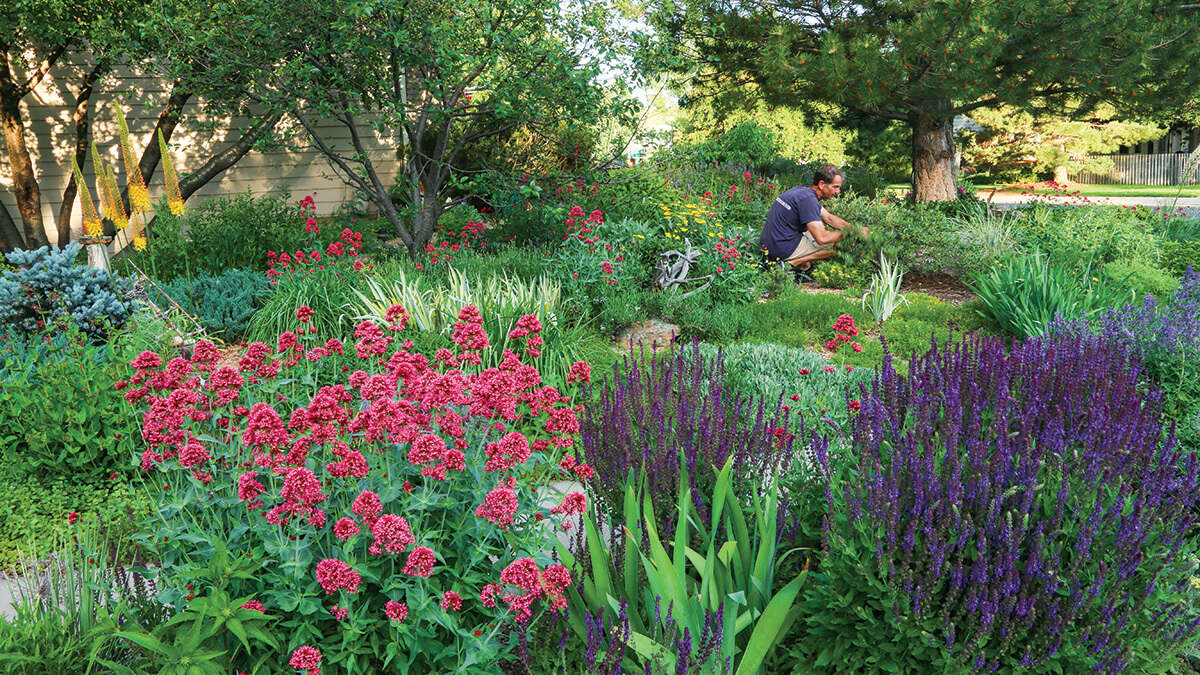
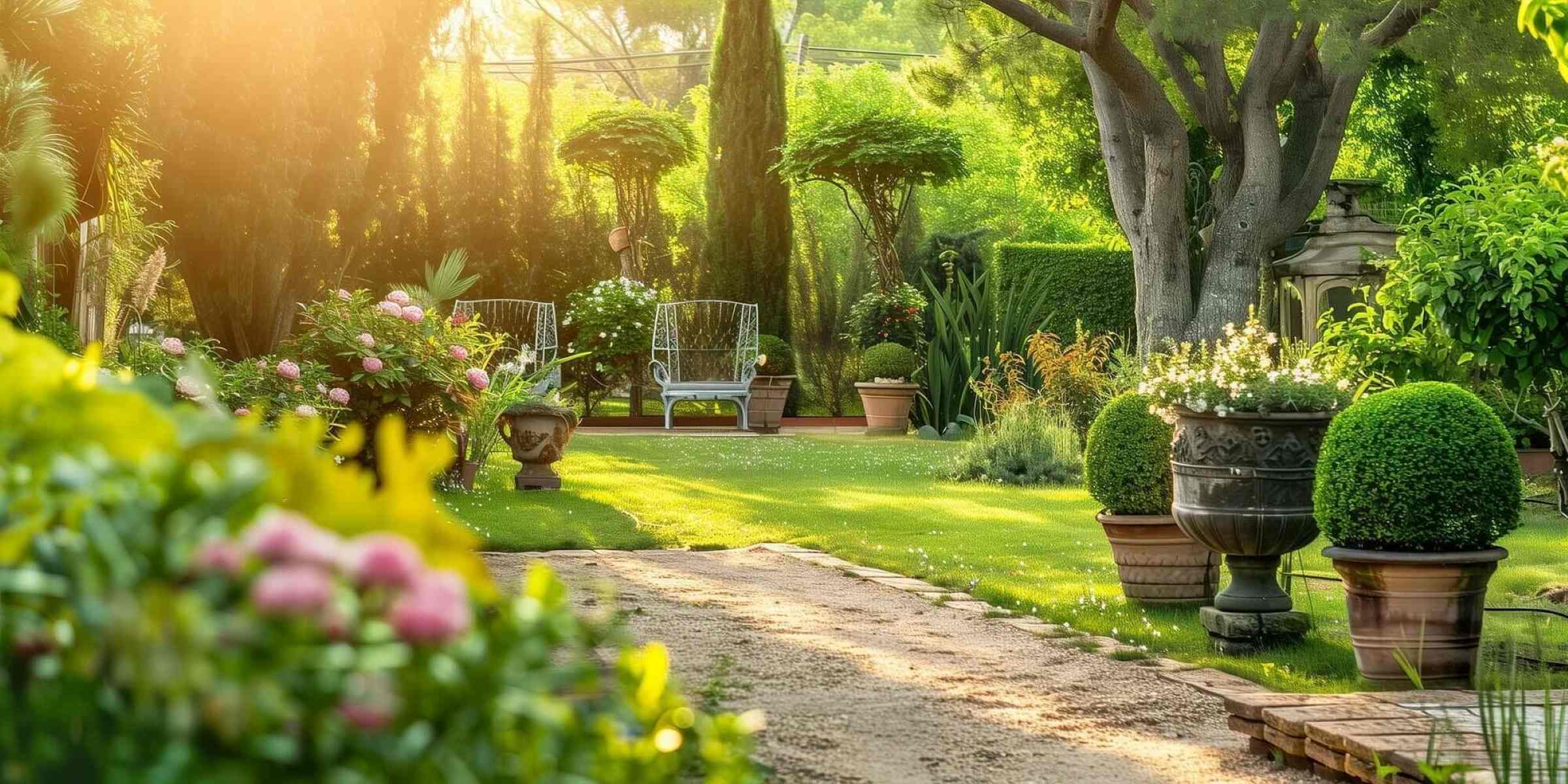
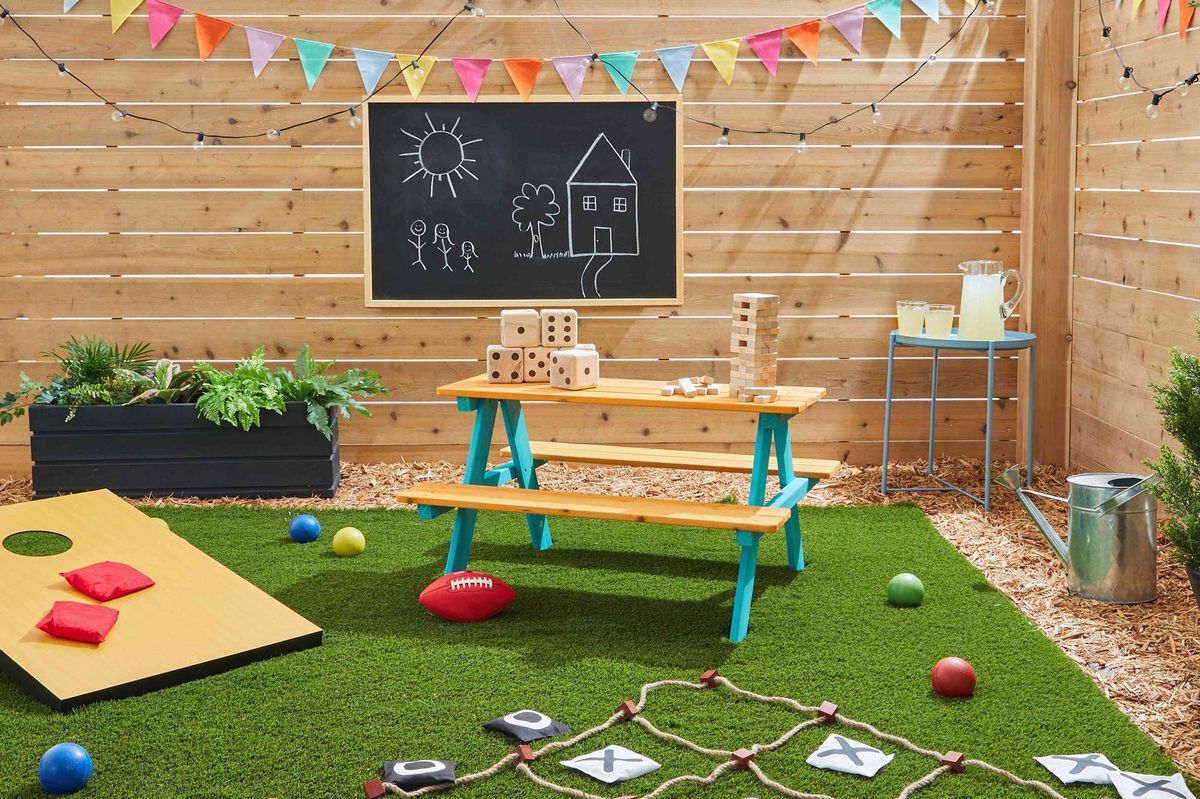
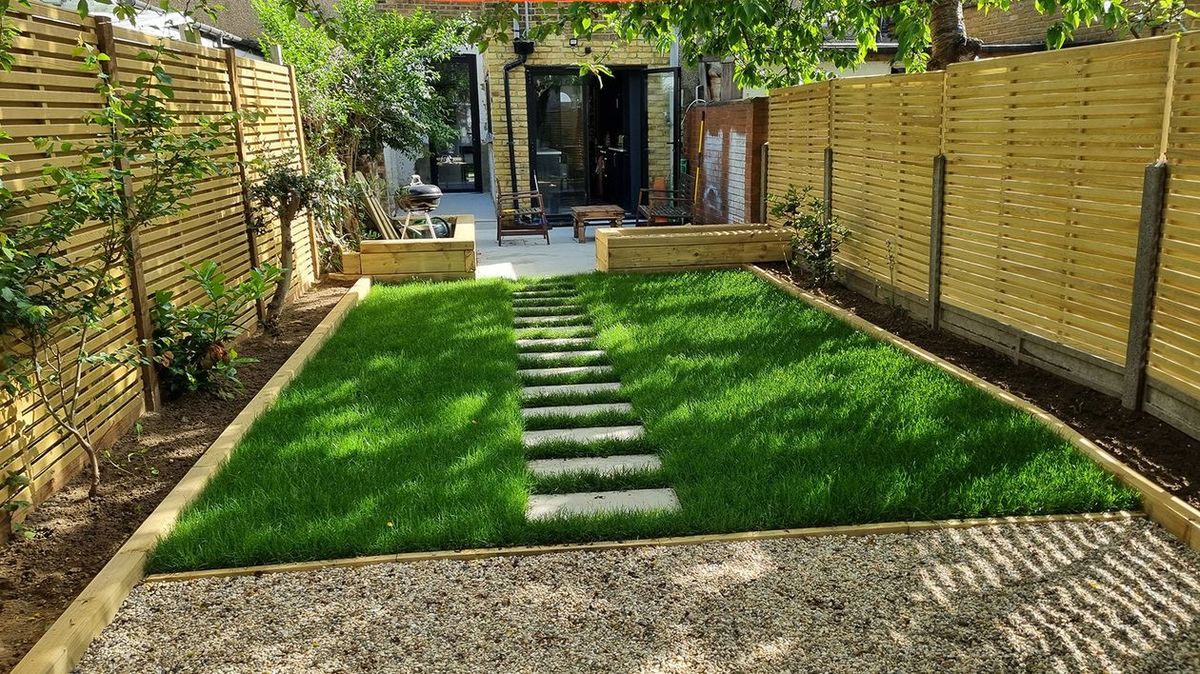
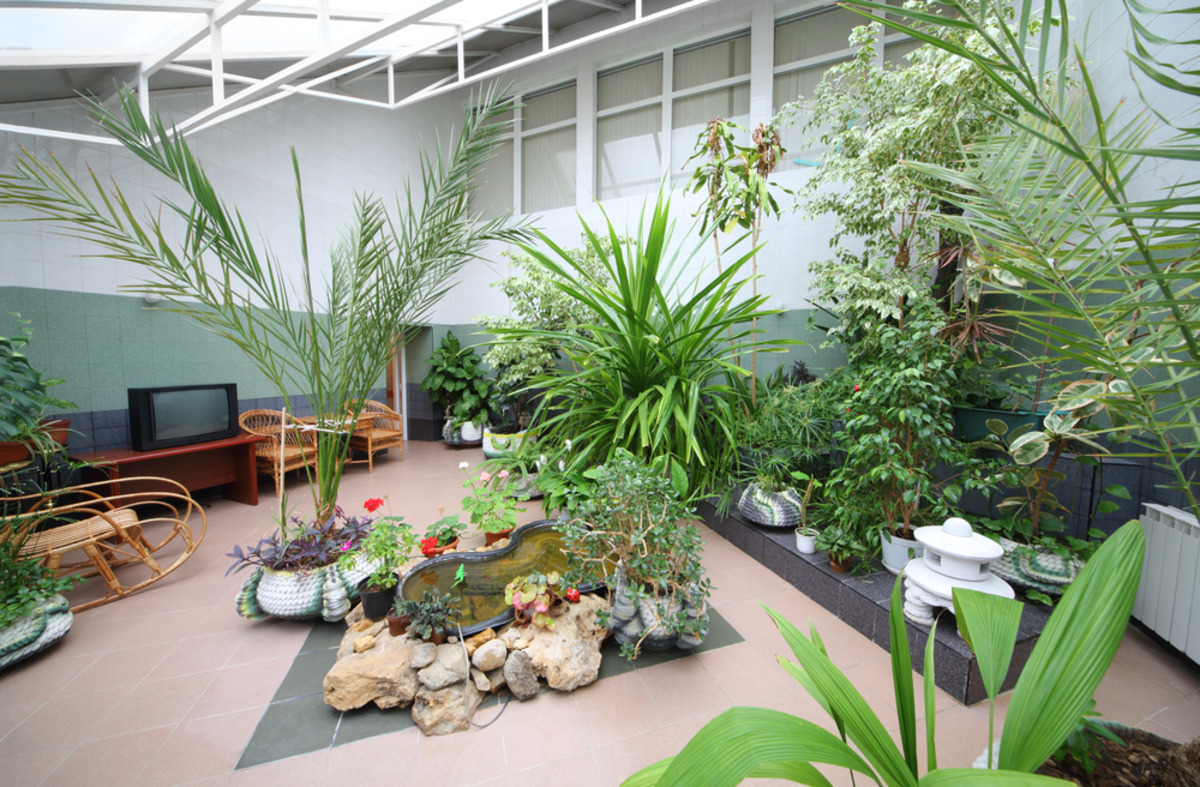
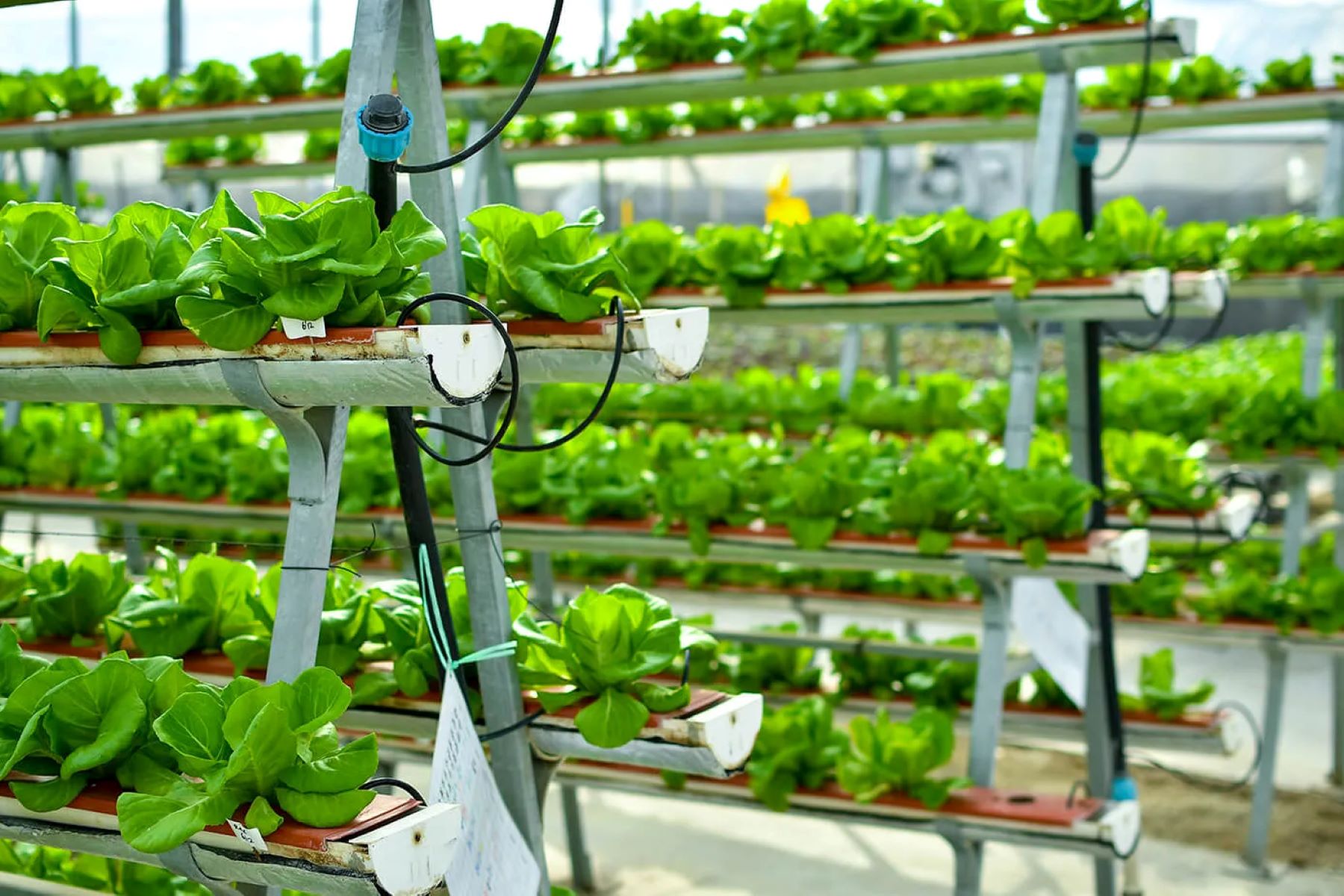

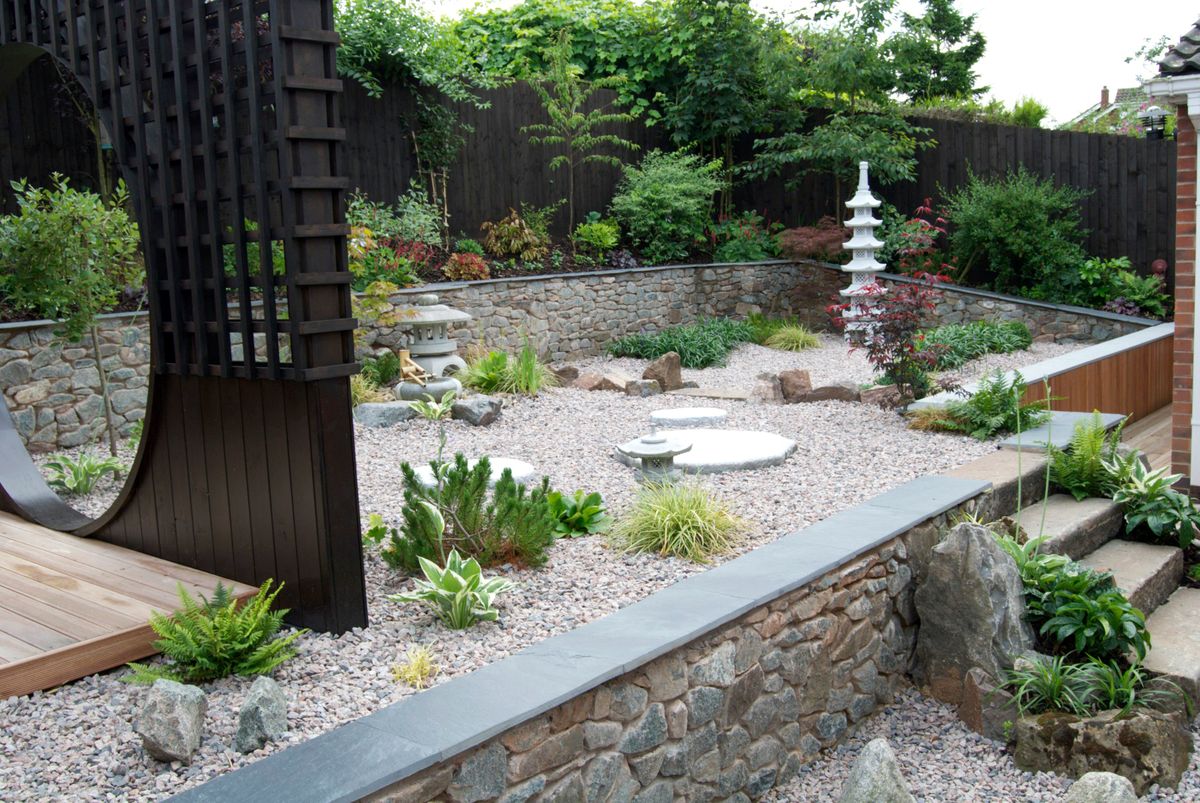
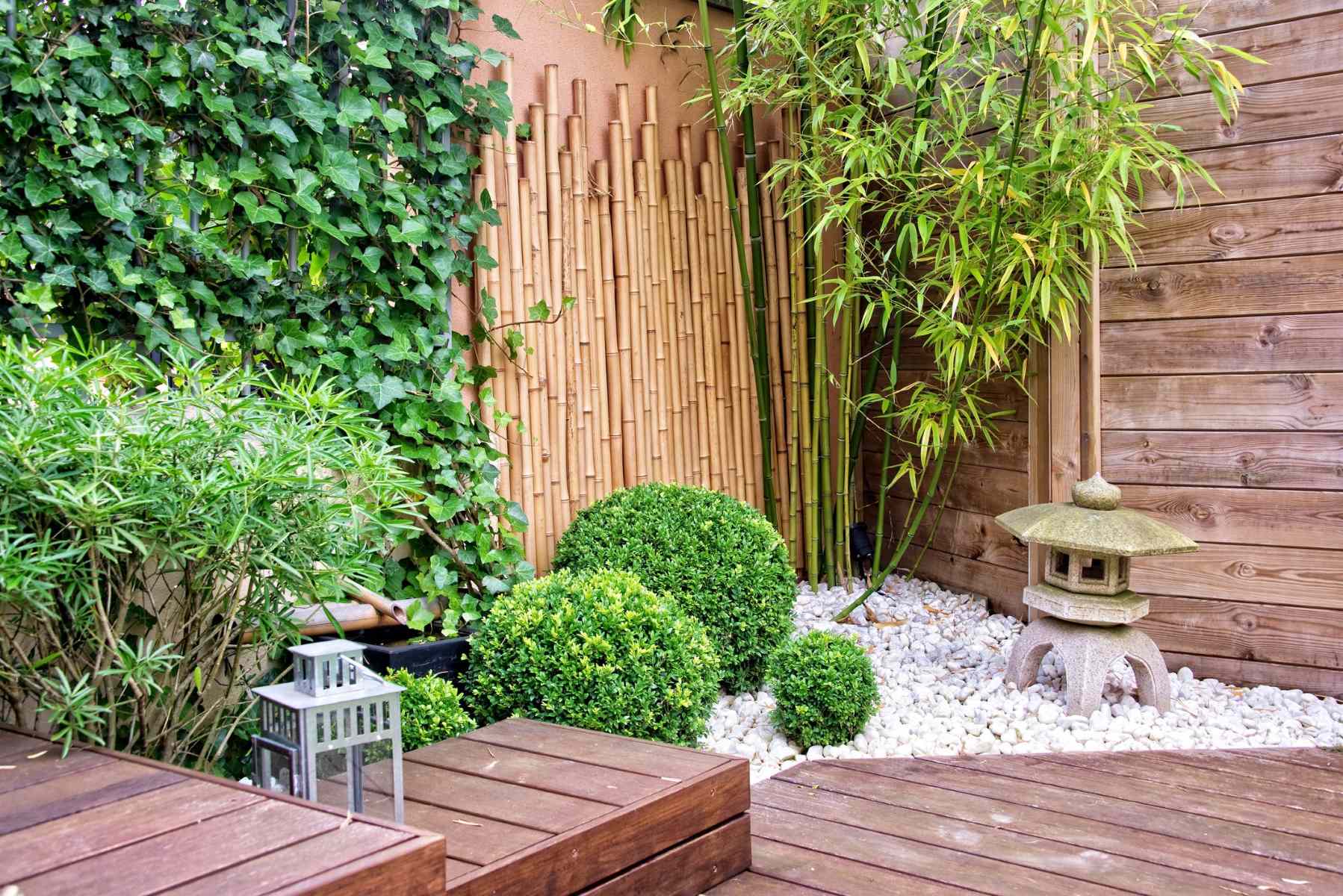
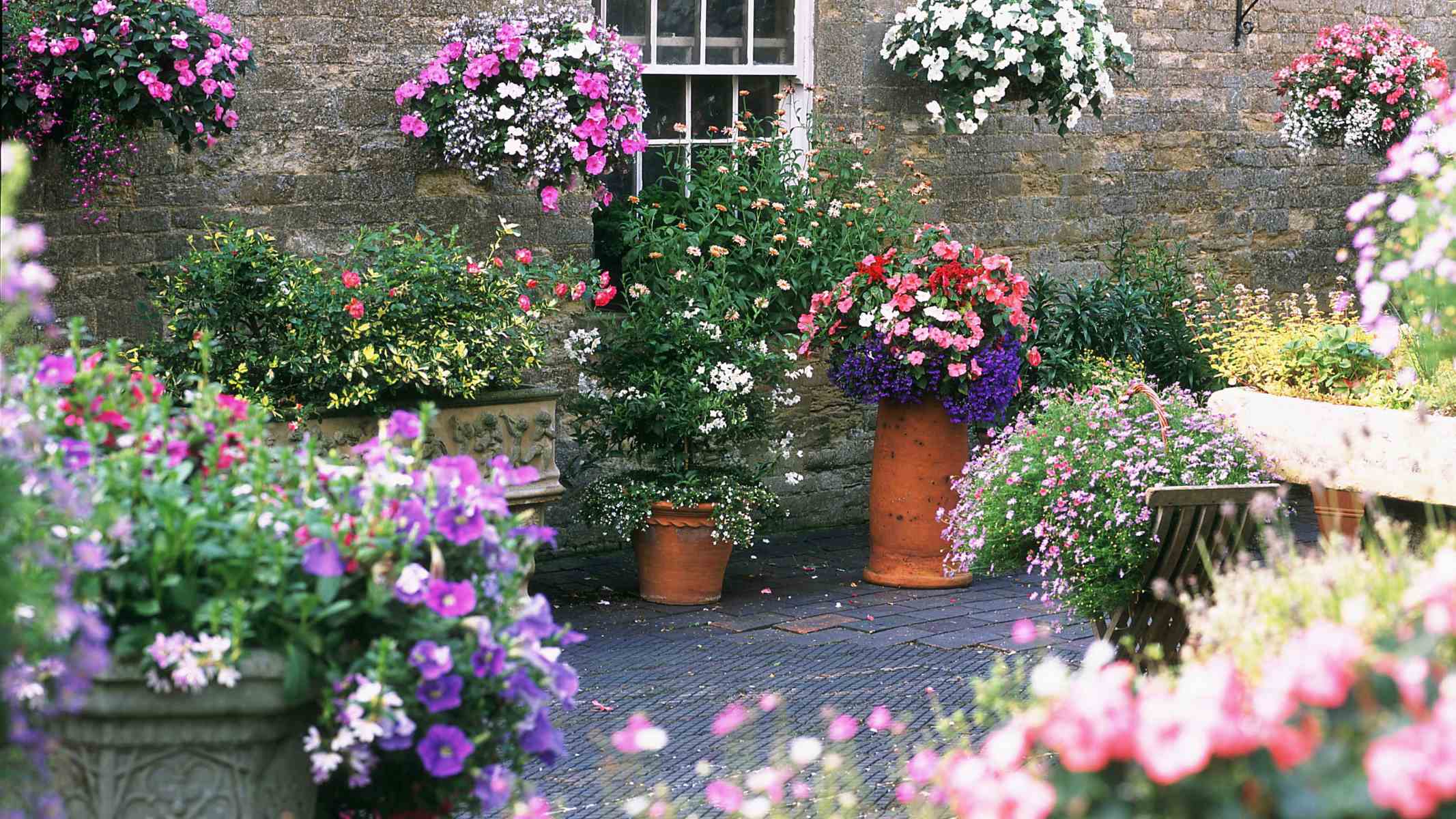

0 thoughts on “How To Create A Water-Efficient Garden In California”